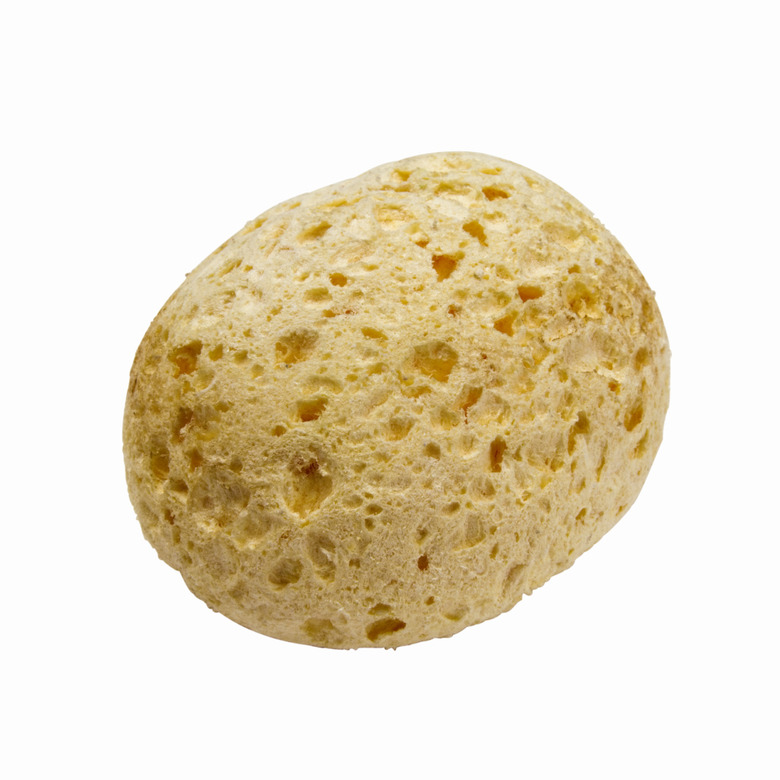Perlite Vs. Pumice
Basic garden soil is enough for many plants. Others need special soil to do their best. This is especially likely if your soil already contains large amounts of clay or organic material. Perlite and pumice are two substances that can help you create the best soil mix for your plants. Both are derived from volcanic rock and can be used in a variety of soil mixes or on their own, but each has its own special characteristics.
Garden Soil Amendments
Step 1
Both perlite and pumice work well to improve garden soil drainage. Pumice is the better choice for sandy soils because it greatly increases water-holding capacity. Both pumice and perlite help improve soil drainage and increase oxygen levels in clay soils. Pumice particles are larger than perlite and less likely to blow away in windy areas.
- Basic garden soil is enough for many plants.
- Pumice is the better choice for sandy soils because it greatly increases water-holding capacity.
Potting Soil Mixes
Step 1
Container-grown plants often suffer from drainage problems. These can lead to fungal infections of the roots, rot and nutritional deficiencies. Adding perlite or pumice to potting mixes alleviates drainage issues and reduces water loss. Perlite is a good choice for this purpose because the heat treatment used to produce it also sterilizes the soil additive. Pumice is not sterile and may carry microbes. Unlike perlite, pumice does not tend to rise to the top of the pot after watering.
Succulent and Cactus Mixes
Step 1
Plants from dry climates may need very well-draining growing media. Both perlite and pumice increase the amount of air available to these plants' roots. They also prevent rot due to excessive water. Pumice offers the best soil aeration properties and makes it almost impossible to over-water plants, advises Cactus & Succulent Society of America. Pumice is heavier then perlite and can weigh down pots.
- Container-grown plants often suffer from drainage problems.
- Adding perlite or pumice to potting mixes alleviates drainage issues and reduces water loss.
Soilless Growing Media
Step 1
Pumice and perlite can be used as soil additives, but they also work as part of soil-free growing mixes. These are normally used to start seeds and keep microorganisms out of containers. They can also provide special conditions for plants that developed in low-nutrition environments. In these light mixes, perlite is usually the preferred choice. Pumice can also be used, but its greater weight and particle size can cause problems for some plants.
